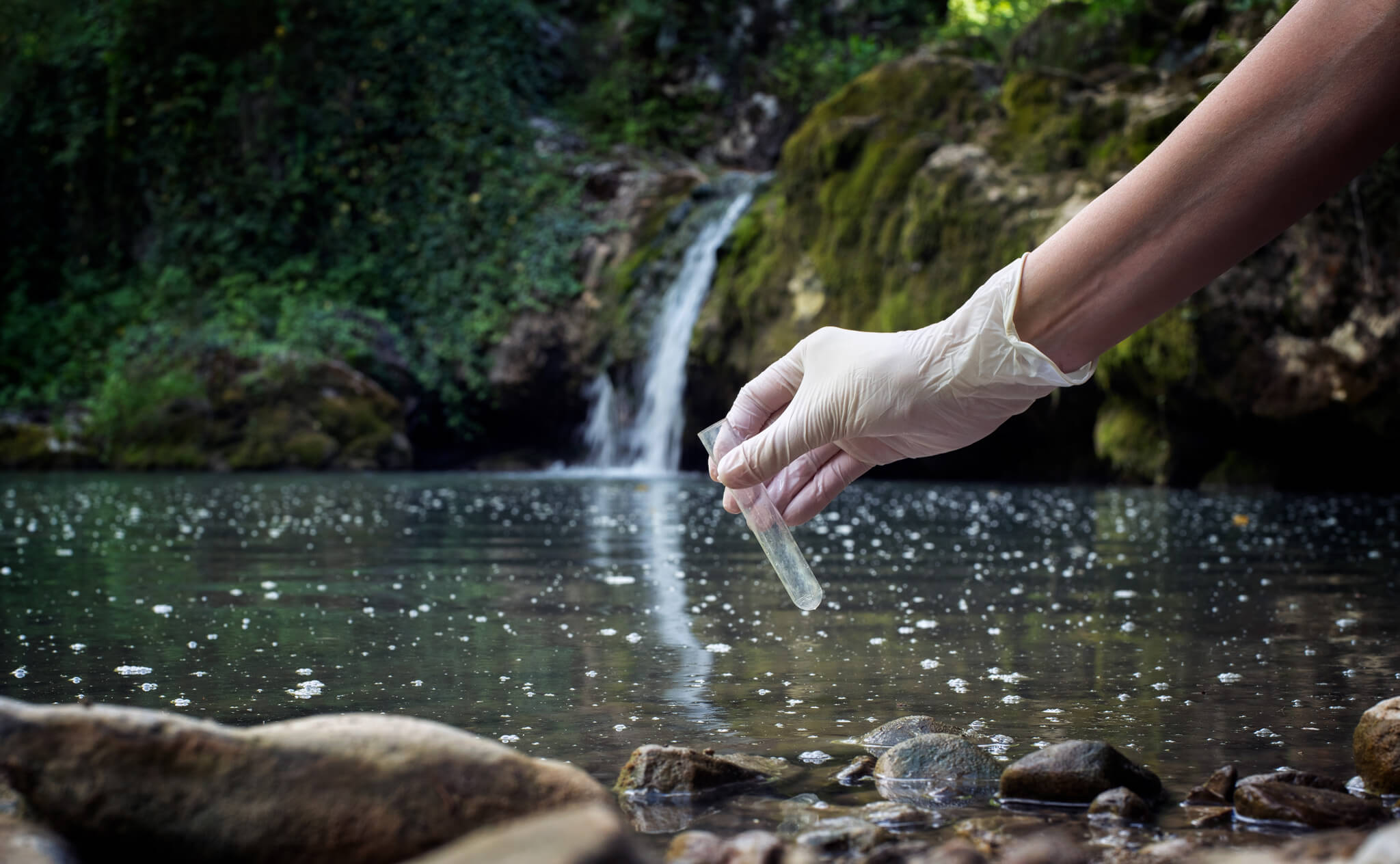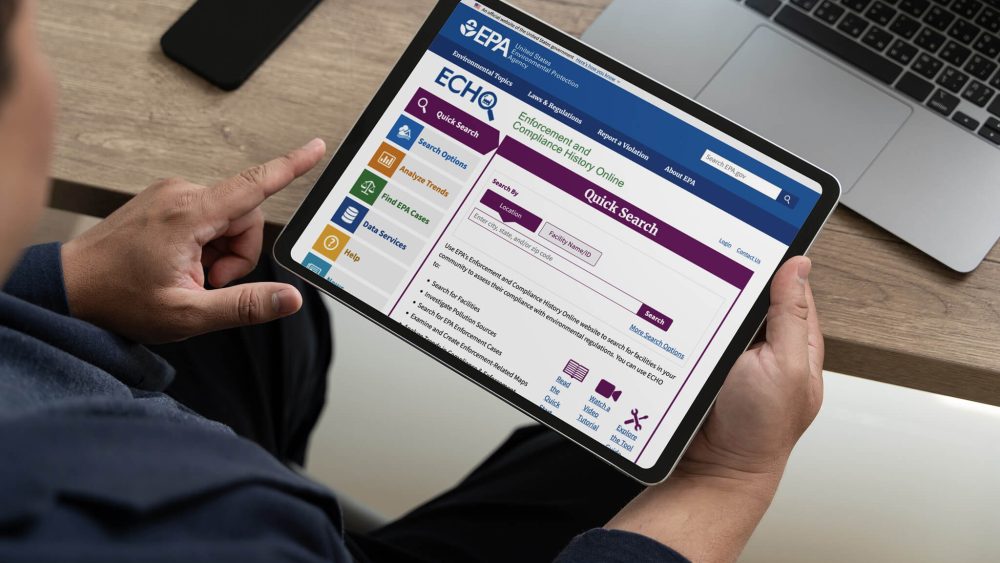Tribes collect data to monitor and assess water quality on their lands under Section 106 of the Clean Water Act. Tribes and the U.S. Environmental Protection Agency (EPA), operating under E-Enterprise shared governance, successfully piloted the Assessment, Total Maximum Daily Load Tracking and Implementation System (ATTAINS) to report water quality assessments electronically. Further adoption of ATTAINS continues.
Antiquated water quality reporting systems make it difficult to report and track water quality over time
Historically, Tribes have submitted paper reports on their water quality decisions, which makes it difficult to track water quality over time, both regionally and nationally. Tribes need a standard and simple way to report and track water quality decisions on Tribal lands nationwide.
Piloting a standardized e-reporting system for Tribes that is easier to use and provides high-quality, shareable data
To begin to address the challenge, Tribes and the EPA initiated a pilot project to test an electronic process using ATTAINS. ATTAINS allows Tribes to electronically report findings and conclusions on the status of their waters.
To date, the project has:
- Completed an initial pilot with 13 Tribes from EPA Regions 5, 6, and 9 and the first phase of a national rollout with 18 Tribes from Regions 1, 2, 5, 6, and 8. The Tribes that participated in the pilot and phase one are now mentees to newer Tribes.
- Began phase two of the national rollout with 12 new Tribes from Regions 4, 5, 6, 8, and 9.
- Integrated tribal ATTAINS data, and created individual pages for Tribes, in How’s My Waterway, a service that helps people find information on the condition of their local waterways.
- Developed assessment training modules to support new Tribes in adopting ATTAINS.
- Formed a new group that will develop recommendations to update the 106 Tribal Guidance section under the Clean Water Act to recognize ATTAINS as a valid reporting mechanism.
By the numbers
13 Tribes involved with ATTAINS in initial pilot
43 Tribes involved with ATTAINS by phase two
Other resources and information
What’s next?
Next steps to increase the number of Tribes using ATTAINS for e-reporting include:
- Finalizing the first ATTAINS submission for Tribes in the second phase of the national rollout
- Continuing to create individual pages for each Tribe in How’s My Waterway, and
- Inviting additional Tribes to participate in ATTAINS in the future.
Empowering Tribes to electronically report water quality information and inform communities about issues that impact daily activities
ATTAINS provides an easy way to access information on the status of a given water body and enables Tribes and the EPA to inform tribal communities of water quality issues that can impact fishing, swimming, and other activities.
Benefits include:
- Standardized, simplified, and less burdensome reporting of water quality on tribal lands
- Increased engagement of Tribes in decision-making
- Improved environmental decision-making by states and territories, enabled by more accessible Tribal water quality information
- A more-informed EPA regarding water quality issues on Tribal lands
- Tribal water quality data and decisions made available to Tribes and the public in How’s My Waterway
Explore, discover, and learn about your water
View water quality data now in How’s My Waterway!
Key Contacts
Jesse Boorman-Padgett
U.S. EPA Office of Water
boorman-padgett.jesse@epa.gov
202-566-2612





